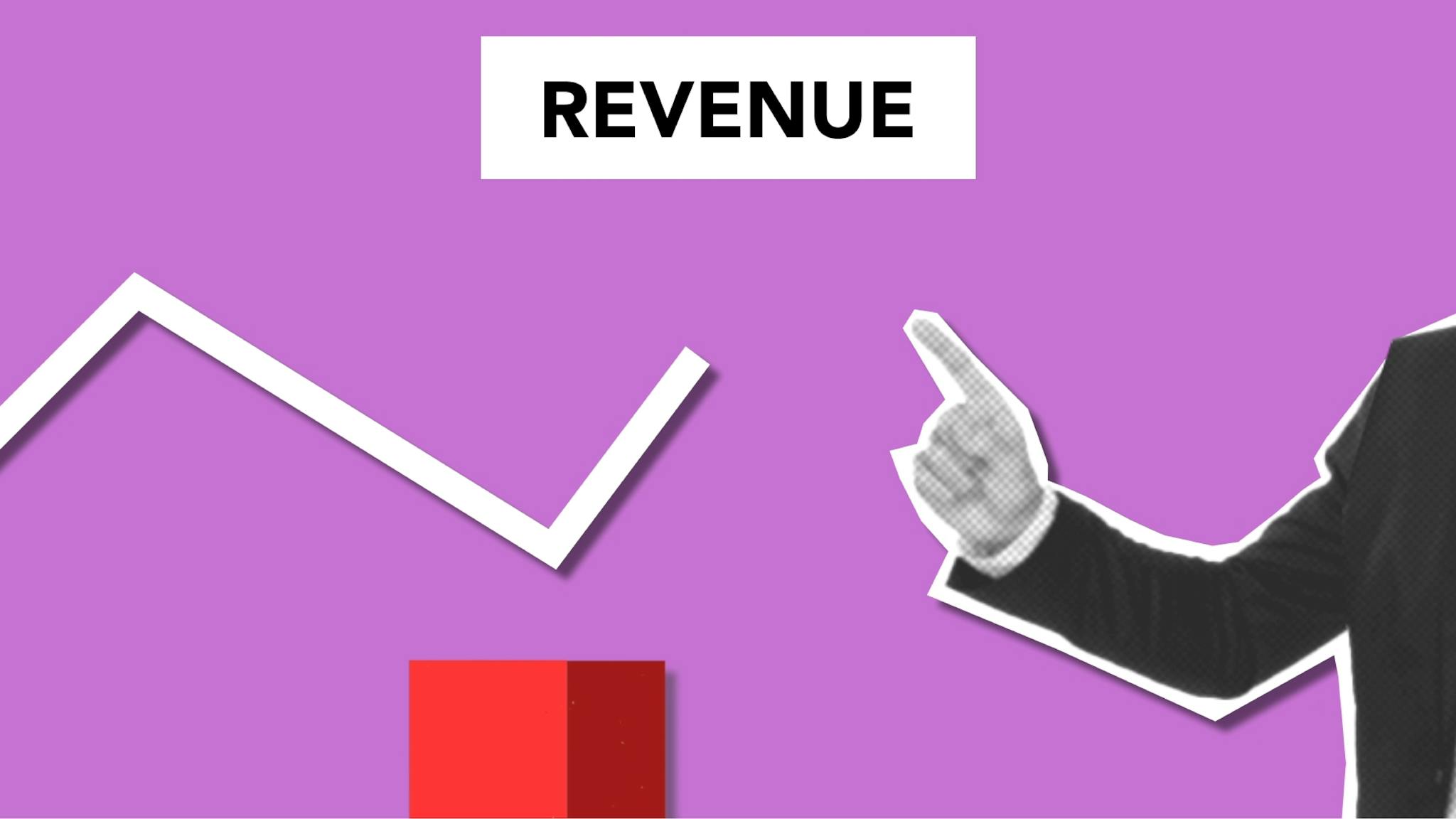Margin buy is often a topic of discussion. But do you have any clue why it is an excellent investment decision? Here is a guide explaining what it is, plus some tips on avoiding getting burned by margin investing mistakes.

What is margin buying?
Margin buying is a way of buying more stock than you could afford with your own cash. You borrow money from your broker, who lends it to you as collateral for the loan. Because of this, margin loans come with higher interest rates than traditional loans and can be costly if you’re not careful. You can think of margin borrowing as a mortgage: You’re borrowing against an asset to buy real estate or make other investments.
How does it work?
Margin buying is a way to borrow money from your broker, so you can buy more shares than you have the cash to purchase. For example, you can borrow up to 50% of the value of your portfolio and pay interest on the amount borrowed. The interest rate you pay depends on how much margin debt you have outstanding concerning other investments in your account. Depending on how risky it is for your broker to lend money at this rate, it may charge anywhere from 5-10%.
Margin buying isn’t for everyone, and it certainly doesn’t always work out well for investors who aren’t careful about managing their accounts. However, if done correctly under ideal market conditions, it can allow investors with limited means or access to capital to make significant gains.
Types of margin accounts.
Margin lending, also known as margin borrowing, is when you borrow money from your brokerage firm to purchase securities. The opposite of margin lending is called margin trading, which involves buying and selling securities in an account you already have. This type of account is designed for those who want to trade the stock market without putting up all the money necessary to purchase stocks outright.
Margin investing refers to purchasing stock with borrowed cash from a broker or bank through a “margin account.” Margin accounts allow investors to buy more stock than they can afford by providing them with a loan from their broker at interest rates determined by market conditions at the time of borrowing. According to experts at SoFi, “Margin investing lets you borrow money against your current investments to buy stocks and ETFs at just 4.5%.”
What are the risks involved in margin investing?
The first is the risk of losing money. If the market goes down and you are holding a position worth less than what it was when you bought it, then your account value will also go down.
The second risk is not having enough money in your account to pay off the loan if you need to sell an investment at a loss or close out an open trade before maturity. This can happen if the market crashes by more than 30% between when you buy something and when it matures.
Suppose this happens and you don’t have enough collateral assets in your account to cover your loan amount plus any interest accrued during those few days or weeks. In that case, depending on how much money was borrowed from your broker/banker’s institution may trigger margin call warnings that alert them about potentially harmful balances in accounts with certain leverage levels.
Margin buying is an investment strategy that investors can use to make more money on the stock market. To understand why margin buying may be a good idea at times yet bad at others, you must consult an expert.









